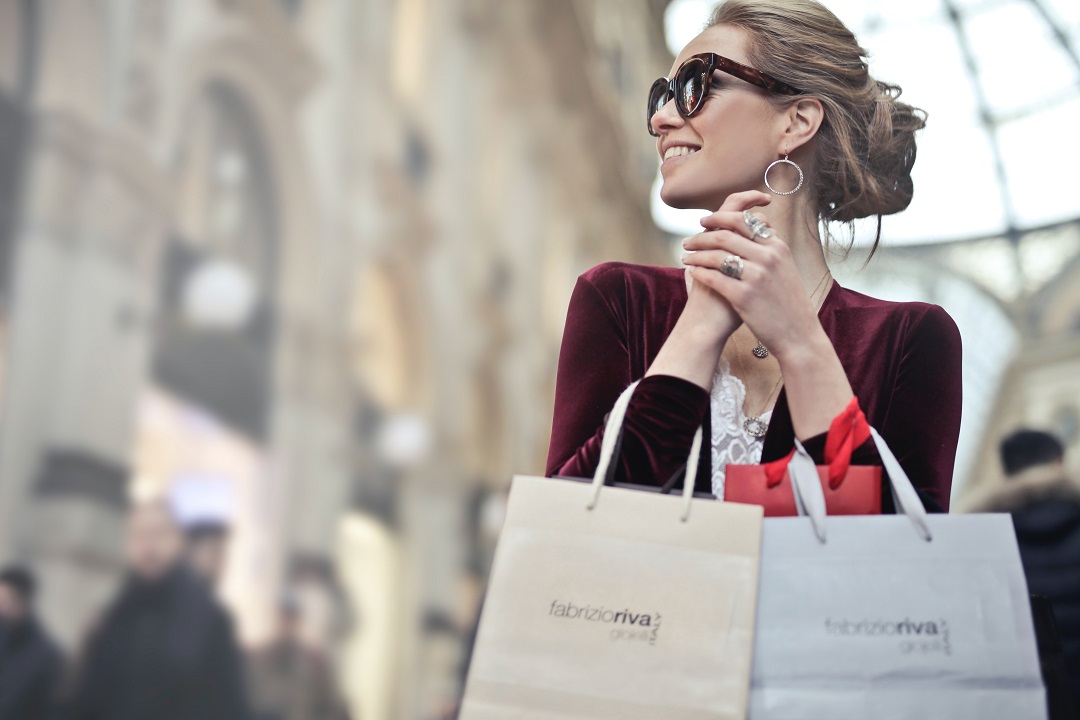Compared with other industries, beauty brands seem to be able to cultivate these unicorns faster.
In March 2019, glossier obtained financing led by Sequoia Capital, which valued the startup at $1.2 billion. From an unknown start-up to a sudden increase in sales in just a few years, cosmetics brands are breeding unicorns at an unprecedented speed.
Billion dollar Unicorn rise
Anastasia soare, CEO of Anastasia Beverly Hills, shocked the beauty industry in June 2018 when she sold a minority stake in her brand to TPG capital. This is the first time that she has received external investment since she founded the company in 1997, and with a valuation of $3 billion, her brand immediately became one of the most valuable independent brands in the industry.
Facts have proved that she is setting off a new trend: unicorn in the beauty industry. In 2018, investors or the media also valued pat McGrath labs and Kylie cosmetics at more than $1 billion.
In July 2018, when pat McGrath labs obtained a minority investment of US $60 million from eurazeo brands, a private equity firm, the value of the cosmetics series was evaluated by investors to be more than US $1 billion.

The retail sales of Kylie cosmetics in 18 months was US $420 million. Due to its ultra-low expenses and large sales, the media believed that the brand was worth US $1 billion.
In January 2019, the drunk elephant brand openly sought to be acquired. In 2018, the annual retail sales of drunk elephant reached 150 million US dollars, and industry experts predicted that the sales might be as high as 1 billion US dollars.
In March 2019, glossier obtained a $100 million round D financing, which valued the startup at $1.2 billion.
These brands have reached a billion dollar club. Why do beauty brands grow much faster than other industries? In a few short years, from unknown start-ups to large-scale acquisitions, beauty brands seem to be able to cultivate these unicorns faster.
Compared with other industries, the price of beauty products is often higher than that of clothing. Beauty products do not need to worry about size and pay less. In addition, KOL also has the ability to incite millions of fans to the fanatical expectation of a new brand, which is something few peers in the fashion industry can master.
Why is it called a unicorn?
The formation of unicorns, dubbed “billions of dollars brand”, is more like an art than a science.
Glossier’s sales in 2018 exceeded $100 million, and like Huda beauty, they both received a valuation of $1.2 billion. Huda beauty reportedly generated $400 million in sales during the same period.

Robin Tsai, managing director of vmg partners, a private equity firm, said: “the valuation they get is consistent with the public’s view of the potential market and the final market value.” The private equity firm owns a minority stake in drunk elephant.
To some extent, valuation is an indicator of sentiment. Huda beauty founder Huda Kattan has more than 34 million fans on INS. She may be the most famous beauty expert in the world. Her makeup series is a must-have for fans.
Behind most of the jaw dropping valuations, there is also a unique and expandable business model. Unicorns define their categories.
For example, Anastasia soare has expertise in eyebrows, and she used it to build the brand Anastasia Beverly Hills, although she later expanded the product to other categories. “I was in the same room with many bankers and investors. Each of them said, ‘the eyebrow market is not that big’, but when they started reading my company’s financial report, I got attention.”
Glossier’s products are closely related to the online way of Internet social networking. The launch of glossier sub brand glossier play also uses the same business model.
In addition, the distribution model is also important.
Glossier’s overestimation can be traced to its direct consumer facing model to a certain extent, which may be more profitable than brands of similar scale, which must give Sephora the share of each sales.
“Glossier can reach such a large scale without any other distribution channels,” said Kirsten green, a founding partner of forerunner ventures, one of glossier’s investors. “This is no accident, but a lot of heavy work we do behind the scenes and invest in our business infrastructure.”
Most big brands still rely on wholesalers to reach the masses, because it requires less upfront investment. Huda beauty and pat McGrath labs are both beauty unicorns following this route, and Kyle cosmetics entered the ulta channel last year.
High value equals high risk
In the next few years, foreign media investors expect that the acquisition of Unicorns of these beauty brands at an overvalued value will grow explosively. He said: “the entire beauty industry is speculating about when founders will sell or go public, to whom their brands will be sold, and how much a potential transaction or IPO may be worth.”

This expectation is accompanied by a large amount of funds, which beauty brands can use to enter new markets, develop new products, and introduce experienced leadership teams to expand their scale.
In fact, Anastasia Beverly Hills does not need TPG capital’s funds to survive, because the brand is profitable and is expected to achieve $375 million in sales in 2018. But soare does need funds to expand the global market and make the brand’s product line more comprehensive.



